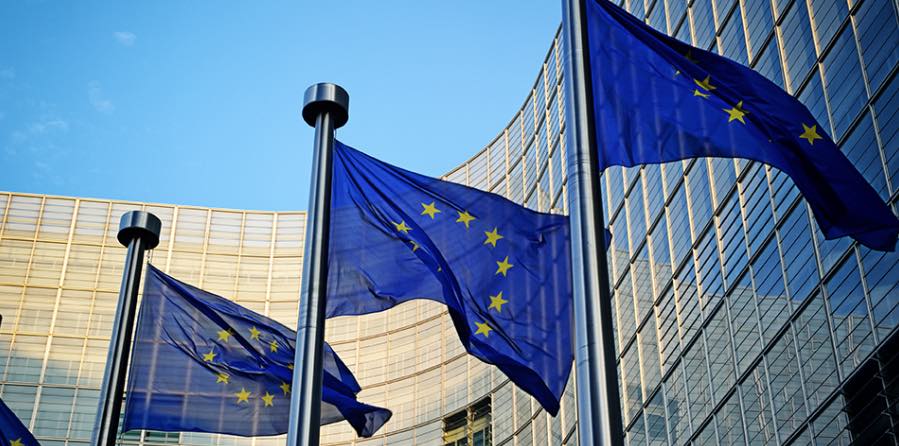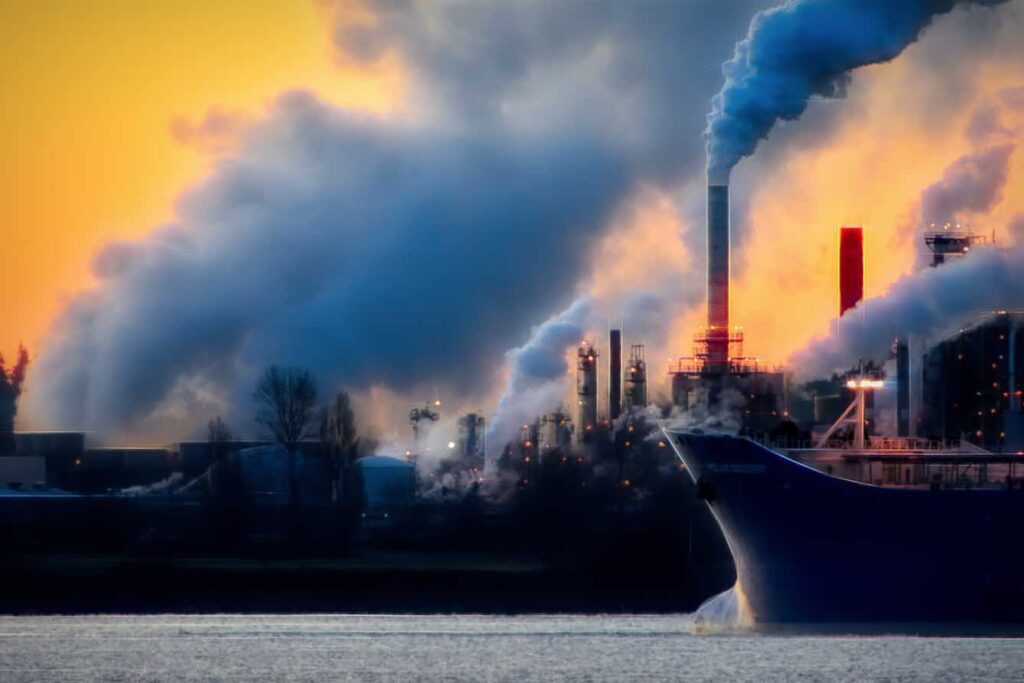28 November 2024
BSM faces the new EU ETS impact on shipping

Maritime services company Bernhard Schulte Shipmanagement (BSM) is developing an IT platform that will cover the entire compliance process with the EU ETS (Emissions Trading System) set to be introduced in 2024.
Concept
The inclusion of the maritime sector into the EU Emissions Trading System (ETS) is done and dusted to be introduced from 2024. Bernhard Schulte Shipmanagement (BSM) is developing solutions to support its customers to navigate the complexity of the upcoming requirements.

Shipping in the EU’s Emission Trading System (ETS) from 2024
The EU’s legislative bodies have reached an agreement on including shipping in its Emission Trading System (EU ETS). Requirements, scope, phase in, exemptions and derogations, how to comply, penalties and many more.
Ship Nerd
A single source dashboard to manage the entire EU ETS process
The platform will focus on handling compliance, data collection and verification, emissions forecasts, registration management, as well as carbon allowance processes. BSM said that a single source dashboard will be included in the existing digital ship management system.
“BSM has been focusing on the EU Emissions Trading System for some time because it will have extensive impact on our and our clients’ business”,
“We invest in the development of specialist teams and IT tools required to ensure a smooth EU ETS process and certificate administration for owners and their charterers. As ship managers, we will offer transparent live data driven applications showing a vessel’s consumption in relation to geolocation and time as well as the resulting EU ETS exposure.”
Sebastian von Hardenberg, Chief Financial Officer (CFO) of BSM
“In the first step we have realised a voyage history view for daily and total EU relevant CO2 emissions and EU allowances required”,
“In a second step, we will provide forecasts for the relevant ship’s emissions to be expected in the future.”
Anil Jacob, Head of BSM’s Fleet Performance Centre.
The ship manager pointed out the importance of reliable forecasts, adding that their quality will be decisive in how precise the need for necessary carbon allowances is calculated. Finally, BSM is considering tools for accounting and handling the certificates.
Extended compliance responsibilities for the ship manager
An opportunity, according to von Hardenberg, lies in the trading of the EU Allowances (EUA) itself.
“The question who actually buys the certificates will, in practice, depend on the commercial agreements between the charterer, owner and ship manager involved. Some shipowners and charterers may, for whatever reason, be unwilling to set up trading or EU ETS teams. For those we as BSM will be prepared to take this responsibility over as part of the commercial management task basket we offer,”
Sebastian von Hardenberg, Chief Financial Officer (CFO) of BSM
As per the polluter pay principle the responsibility to pay for EUA certificates first lies with the charterer and then the shipowner. However, in the eyes of the EU regulator, the statutory responsibility for non-compliance lies with the DOC (Document of Compliance) holder.
“As a DOC holder, this will expand the exposure and tasks of a ship manager. At the same time, it will strengthen our role as part of the maritime industry – if we are able to offer strong solutions to master these complex requirements. We are working on this with vigour and consistency.”
Sebastian von Hardenberg, Chief Financial Officer (CFO) of BSM
Low emissions and an intelligent trading strategy
Per EU ETS regulations, shipowners and operators will need to acquire emission permits for 40% of their applicable emissions in 2024, increasing to 70% in 2025, and 100% in 2026 and every year thereafter.

This is applicable to intra-EU voyages and voyages between EU ports and non-EU ports. The costs caused should not be underestimated as calculated by BSM on a reference ship. They depend not only on emitted emissions, but also on the volatile EUA prices.
Source: BSM
See Also

Bow windshield, new rising containership feature
The bow windshield first invented by MOL could be set to go mainstream with news that two of the world’s largest liners have been installed on a flagship in its fleet.


